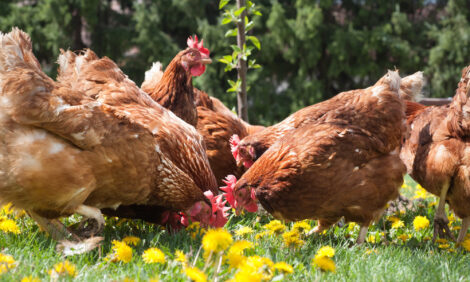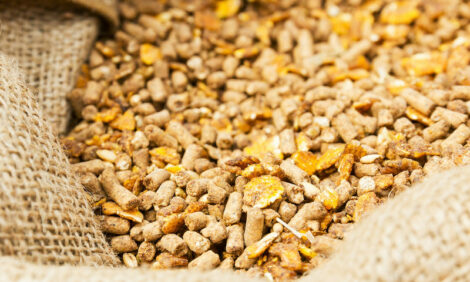



CME: February Excellent Month for US Meat Protein Trade
US - We decided to follow up our discussion of pork exports as reported by Mandatory Price reporting with an update on US meat protein exports for the month of February, according to Steiner Consulting Group, DLR Division, Inc.The data was released Tuesday (4 April) by USDA. But before we do that, one additional note about pork exports reported by the MPR system. We pointed out that export sales reported by MPR are quite small relative to the overall supply of pork exported and Steve Meyer pointed out to us that “the biggest reason for the lower tonnage is that shipments to Canada and Mexico are not included in the export price reporting data.”
In 2016 Mexico and Canada accounted for 41 per cent of all US pork exports, so not including these two countries in the export sales reported to MPR clearly has a significant impact. As to why they are not included it largely has to do with how product is priced and the fact that pork going to Mexico and Canada is priced in the same way as pork going into domestic channels. We hope this gives you a bit clearer picture and thanks to Dr Meyer for his insight.
February US meat protein trade was excellent. Beef, pork, chicken and turkey exports were all higher than a year ago. The value of exports was higher as well. Some of the highlights:
Beef:
Total exports of fresh, frozen and cooked beef in February were 68,058 MT, 18.3 per cent higher than a year ago. As the chart illustrates, exports to most major markets registered an increase from a year ago, with exports to Japan accounting for almost 40 per cent of the growth.

Exports of fresh/frozen beef to Japan in February were 19,846 MT, 49 per cent higher than a year ago. Lower prices for US beef have spurred interest among Japanese buyers. In recent years some Japanese foodservice operators have had to scale back some of their beef offerings due to the lack of supplies from the US and the high cost.
Our friends at the US Meat Export Federation likely have more information in this regard as they are closely engaged with end users in these markets. Also supportive for US beef exports into Asia is the reduction in availability of Australian and New Zealand beef.
Brazil and Uruguay have been making a strong push in the last couple of years to gain access to the Japanese and Korean market but after the recent scandal in Brazil it is likely that those efforts will be impacted negatively in the short term.
The value of US beef exports also was higher, both in total dollar terms and in dollars per metric ton. The value of beef exports in February (fresh/frozen/cooked) was $446.2 million, 19.5 per cent higher than a year ago. The average value per unit was $6,555/MT, about 1 per cent higher than last year.
Pork:
Pork exports in February (fresh/frozen/cooked) were reported at 151,798 MT, 15.4 per cent higher than a year ago and the fourth consecutive month of double digit growth. Mexico remains the most important market for US pork exports at this time. Exports to Mexico in February were 53,067 MT, 10,656 MT (+25 per cent) higher than a year ago and accounting for half of the overall growth in US pork exports for the month.
Exports to Japan, which used to be the top destination for US pork, were 31,445 MT, 15 per cent higher than last year. Exports to China/Hong Kong actually declined in February, down 10 per cent from a year ago. Pork prices have been declining in China but expectations still are for this to remain a key market for US pork considering the large supply availability in the US and the excellent image of US pork in the Chinese market.

The value of US pork exports in February was $400.4 million, 16 per cent higher than a year ago. The average unit value was $2,637 MT, half a per cent higher than last year.
Poultry:
Broiler exports in February were 241,503 MT, 2.7 per cent higher than a year ago. The value of broiler exports was $205.4 million, 0.6 per cent higher than a year ago.









